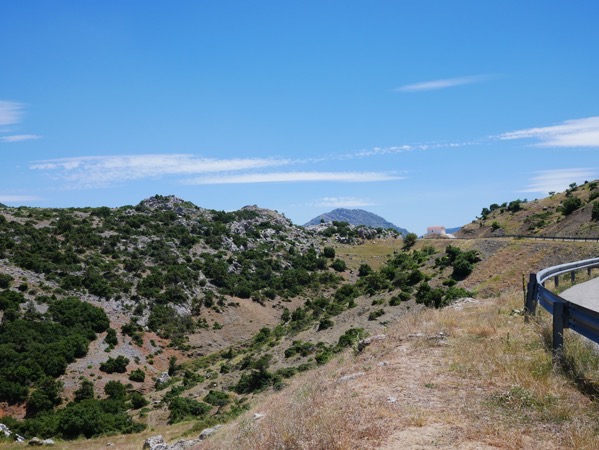[Reposted from Bill’s blog]
Over the past couple of weeks, we’ve been bringing together the analysis of a series of fortifications in the Western Argolid. This has nudged me to re-read Maher and Mowat’s recent Hesperia article on the watch towers around Mantinea in Arcadia.
Their article rather than focusing on the plans of towers or their construction style, emphasized the views from the towers to propose a defensive network that connected the various mountain passes around the chora of Mantinea to the city itself. We have been working on similar arguments with the fortifications around the Western Argolid which shares with Mantinea a landscape permeated by passes and plains making clear lines of sight complicated.
Our work so far has demonstrated that a series of fortified heights produce a network of overlapping viewsheds that allowed the city of Orneai to monitor traffic in and around the Inachos valley. We’ve been ground truthing these viewsheds in the field and attempting to determine whether these fortified places are contemporary in the landscape or, at very least, represented systematic investments in certain naturally occurring key points in the local topography. This, of course, prompted me to think about the ancient equivalent of surveillance society.

The presence of towers and forts across the landscape both allowed individuals to see and communicate over significant distances (especially in an early modern context), but also served as visual markers of surveillance surely noticed by individuals and groups move across the countryside. We tend to think of surveillance as a purely modern phenomenon (thanks in no small part to Foucault), but the visibility of forts and towers in the ancient countryside, even when they weren’t in use, demonstrated the power of local elite to monitor movement.